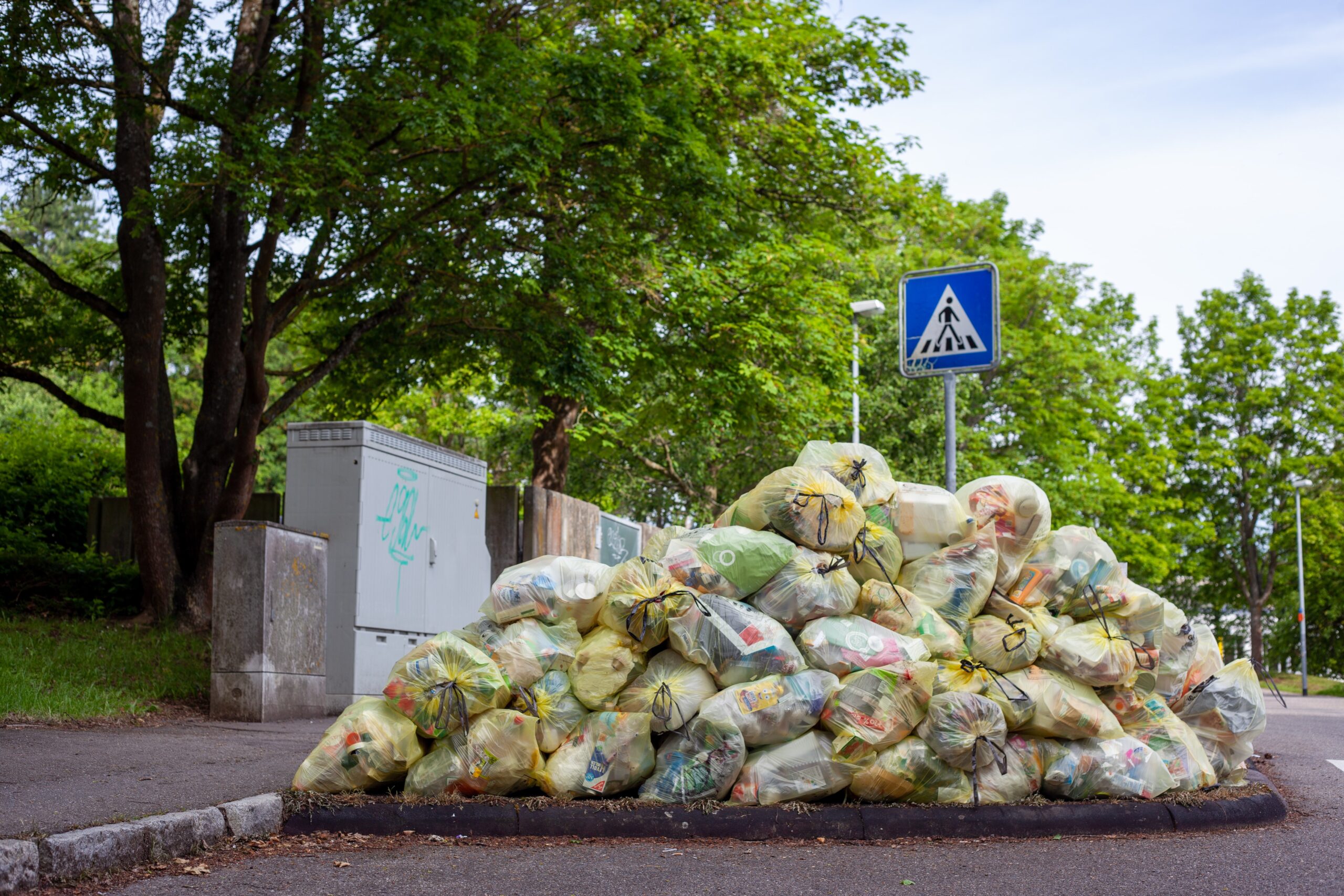The importance of food scraps
There is a serious imbalance in food distribution in North America.
Within Canada, 58 per cent of the food produced is wasted. Eighty-six per cent of that number comes from food establishments such as restaurants, grocery stores and small businesses.
It’s no surprise that businesses hinder the environment more than individual consumers. However, it is shocking how food businesses don’t see the benefits of reducing their waste.
Firstly, there’s a cost-benefit. Restaurants, for example, save seven dollars for every dollar invested in reducing food waste. Only purchasing the amount of food needed is known to cut costs.
Of course, there is also a significant environmental benefit to cutting down on food waste. Food waste represents 21 per cent of municipal solid waste. By decreasing the amount of food going into landfills, the amount of methane released into the atmosphere is also reduced.
Lastly, reducing food waste by donating it to the less fortunate helps the community. It can bring more balance to how food is distributed. As a result, the gap is reduced between businesses with an abundance of food and individuals who don’t have enough.
Below are some ways for food businesses to reduce their food waste.
Develop a waste audit
This is an organizational tool every food business can use. A waste audit analyzes a business’s waste.The audit is also helpful in determining which type of waste goes to the landfill the most.
Conducting a waste audit only requires a business team to follow a few steps. They establish a team, selecta date and ask services to hold off on taking out the trash that week. Afterwards, the team would sort the trash into different bins. Then, weigh all the bins. Lastly, divide the amount of food waste by the combined amount of waste to get a percentage number.
Upon understanding their food waste percentage, a business can make small, necessary changes. Doing so will help avoid contributing to the food waste crisis.
Menu changes
There are a variety of changes that can be made to restaurant, food truck and bakery menus. Too Good To Go recommends adding soups to a menu. In fact, they can be made from potato skins, carrot shreds and other food scraps. That way, a business can provide more food options to increase customers and profit but avoid wasting food.
Other creative menu changes that lead to less food waste are turning stale bread into croutons. Or using leftover fruit for dessert toppings.
Lastly, being conscious of portion size and what food products tend to be left over by customers is crucial. This can signify what needs to be cut from the menu. One example includes decorative garnishes.
Find where to donate
Ontario’s Donation of Food Act and the Good Samaritan Act allow anyone to donate leftover food, if it’s safe. Before any businesses donate the food, they must ensure it has not been tampered with and has been stored properly.
Food banks and shelters need non-perishable food that can be stored for decent periods of time. Due to inventory miscalculations, restaurants may have extra root vegetables or bakeries may have leftover muffins. In these cases, they can go to food banks or shelters. Some soup kitchens and rescue food programs will still take perishable food if they have been stored properly. However, these precautions are different for each organization.
Food can also be given to employees if they are willing to take it home with them.
Consider signing contracts with food inequality organizations
Signing contracts with food inequality organizations makes the previous step much more organized. It also serves as a win-win situation for the business and organization.
An article by Sciencedirect states that by signing contracts, soup kitchens will know exactly when and what they are receiving. This helps soup kitchens plan what food to make for the community. Businesses also become more organized with transporting goods and knowing that their surplus will have a proper home.
Any business can practice sustainability, regardless of its size or how established it might be. Businesses, especially those that produce food, need to take the time to understand their place in the environmental crisis. They must take steps towards working with the environment and community instead of against it.

Grace Nelson-Gunness
Grace Nelson-Gunness is a reporter for Business Hub. She enjoys watching Criminal Minds or reading a suspenseful horror-thriller novel while drinking a vanilla latte.

